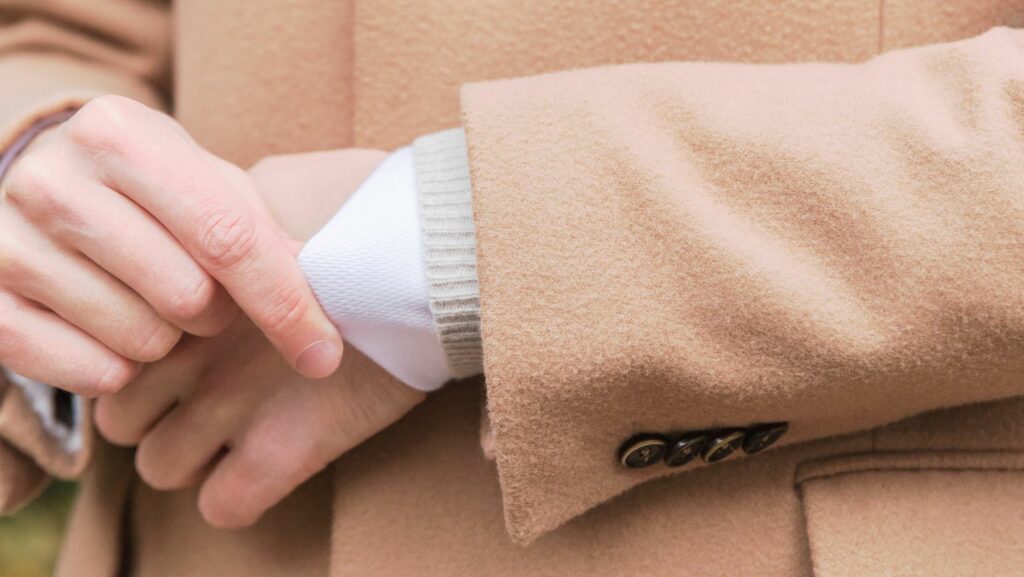
Choose The True Statement About Dressing In Layers. Functionality and Style in Fashion
Choose The True Statement About Dressing In Layers.
You’ve probably heard the phrase, “There’s no bad weather, only bad clothing.” When it comes to staying comfortable in varying conditions, dressing in layers is the key. It’s a simple yet effective strategy that can make all the difference whether you’re hiking up a mountain or just braving the winter chill on your way to work.
The concept of layering may seem straightforward, but there’s more to it than just piling on clothes. It’s about choosing the right materials and understanding how they work together to regulate your body temperature. The true power of layering comes from its flexibility, allowing you to add or remove layers as conditions change.
Definition of Dressing in Layers
When we talk about dressing in layers, we’re referring to a strategic approach to clothing. It’s an effective method to maintain comfort and control body temperature, regardless of the weather outside.
The fundamental principle is simple: stacking clothes in multiple layers. Each layer serves its own function, and they work together to ensure the wearer is never too hot or too cold.
In the layering system, usually, you’ll find:
- The base layer: This is your first layer, sitting right next to your skin. It’s goal is to regulate body temperature and wick away sweat.
- The middle layer: This layer is all about insulation. It’s main task is to trap the warmth your body is producing.
- The outer layer: Also known as the shell layer, it’s job is to protect you from wind and rain.
It’s important to note that these layers aren’t static. They’re meant to be added or removed as conditions change throughout the day. So, if you’re feeling too warm during a hike, for example, you can easily shed the middle layer. If a storm suddenly hits, you can throw on the outer layer for protection.
Dressing in layers is a versatile system. It’s not just for outdoor adventurers either. Anyone can benefit from layering, whether you’re commuting to work, running errands, or heading out for a night on the town. It’s all about choosing the right materials and layering them in the most effective way.
So, that’s the basic definition of dressing in layers. But, there’s more to the story. In order to fully take advantage of this method, you need to understand the qualities and benefits of different materials, the role each layer plays, and how to choose the right clothes for each layer. We’ll dive into these topics in the following sections.

Benefits of Dressing in Layers
Dressing in layers is more than a fashion trend. It’s a practical approach to combatting unpredictable weather while maintaining comfort. When done correctly, layering can provide several benefits.
Versatility is one of the key advantages of layering. By wearing multiple clothing pieces, you’re able to adjust your outfit according to changes in weather, activity level, or personal comfort. If it gets warmer, you can simply remove a layer. If it’s colder or you’re less active, add a layer back on. This adaptability is especially handy in environments where temperatures can fluctuate drastically within a single day.
Comfort is another strong point of the layering approach. Each layer has a specific function, working together to ensure your comfort. The base layer manages moisture, the middle layer provides warmth, and the outer layer shields you from the elements. With each layer doing its part, you’re less likely to feel too hot, too cold, or too damp.
Choosing the right materials for each layer can enhance these benefits. For example, a base layer made of a moisture-wicking material like merino wool can help regulate body temperature and keep you dry. A middle layer made of insulating material, such as fleece, can provide additional warmth. An outer layer made of waterproof yet breathable fabric can protect you from wind and rain without making you feel clammy.
Remember, the goal of layering isn’t to pile on as many clothes as possible, but to create a flexible system that enhances comfort and adaptability. Understanding the principles behind layering and the role of each layer can help you make the most of this approach.





